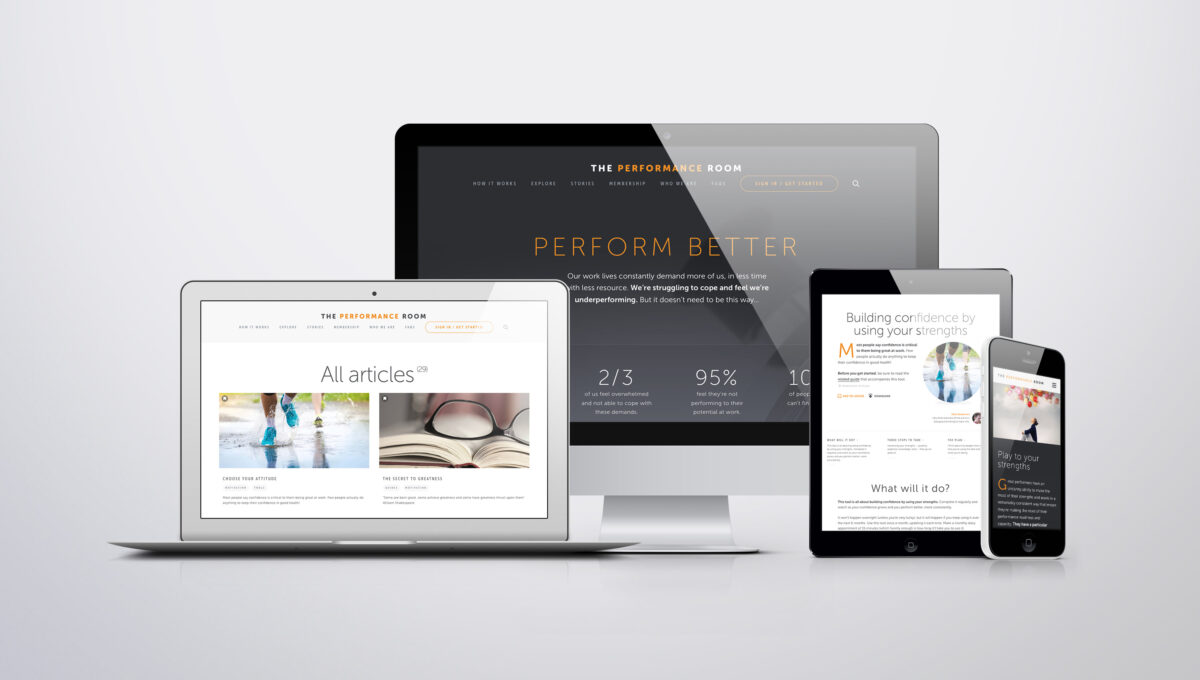Create your perfect performance routine

Pre-performance routines are the key to consistency. When the pressure is on and the stakes are high, having and using a preparation routine will help you feel confident, in control and ready.
A simple routine will mean that you’re doing all the right things to be mentally, technically, tactically and physically good to go.
This tool helps you create a pre-performance routine for a key performance moment.
What will it do?
This tool helps you create a pre-performance routine for a key performance moment. You’ll have a step-by-step countdown of things to do and think so you’re in great shape when you need to cross the start line and deliver. Build it now and refine it over the coming weeks.
Once complete, you’ll be able to use it whenever you’ve got an important event. Invest 20-30 minutes developing your routine right now. Revisit it as you learn what works for you (that’ll take 5 minutes once a week, or whenever you’ve just used it after a performance). Keep adding to it and refining it so that your routine is superbly effective for you.
Three steps to take
Get focused on the things that will make the most impact for you
1. Know what being really ready is to you.
If you were as ready and confident as you could be before an important event, how would you feel? What would you be thinking? What would you know? What practical things would be in place? Who’d be with you in your corner? Complete the table below to help you get a clear picture of this.
| If you were as ready as you could be…. | |
|---|---|
| Mental |
What would you be thinking? |
| Physical |
What would you be physically feeling? |
| Technically |
What would you know and be able to do? |
| Tactically |
What’s your plan and strategy? |
| Emotionally |
Who’s in your corner and what support do you know you have? |
| Contextually | What’s the ideal environment to help you be ready to perform? |
2. What helps you be ready?
Now think about what helps you be ready – the things you’ve done in the past that have helped you feel the stuff above and create the right environment for you. For example, being thoroughly prepared, having practised in the environment, or having some simple positive reminders that help you keep focused are all things that might help you feel just as you want to before an important event. Make a list of these below.
1.
2.
3.
4.
5.
3. You’ve identified what works to help you be ready to go.
Now time to fit this into an ordered routine that you can test out and refine to make even more effective.
Complete the simple timeline below. In it, make sure that you’re drawing from what you’ve just learned from part 1 and 2 and include things that:
- make you feel mentally prepared
- help you feel technically and tactically ready (preparation is key)
- ensure you’re using the support around you to the max
- get you feeling physically ready and energised to go
The timeline below is set up from the week before through to the start of the event – fill in the specific times all the way up to the event start. Adapt the timeline as you want then be as specific as you can about what you’ll be doing and thinking – this will become a roadmap or instruction set for you as the moment approaches, so it’s important to be detailed!
There’s also a checklist for you to help you follow your routine when the time comes.
| Event: | ||
|---|---|---|
| Time | Action | Complete? Y/N |
| Week before |
e.g. ensure I’ve got all the info I need; run through in practice |
|
| Night before | e.g. run through last one last time; visualise success | |
|
Morning – Time: |
e.g. Get up and go for a brisk 20 minute walk, reminding myself of my goals and strengths as I do it | |
| Event start. Time: | e.g. think – “I’m ready! My ‘confident’ game face is on – I’m acting and looking confident | |
Double check that the things you’re planning to do in your routine will help you feel ready – technically, tactically, mentally and physically. Check you’re connecting with and using the support around you. If you need to revisit and make some changes, do that now!
Your plan
Get a plan Stan. The basics you need to have in your plan are set out below.
Plan basics
- What are you going to do? You’ve got a routine in place. Now decide how and when you’re going to use it, review it and improve it.
My actions:
- When are you going to do these things? You don’t have to be great to get going, but you better get going if you want to be great.
My start date:
- How often will you be doing it? Getting great has a lot to do with making things a habit.
Check-in frequency and dates:
Get serious
The difference between having a plan and making it work is about action. So get this in your diary now. Tell the people who need to know so that they can support you and won’t just think you’re being weird. Do it now.
Remember, it’s progress not perfection. You’re looking for gradual improvement, not for Rome to be built in a day.

